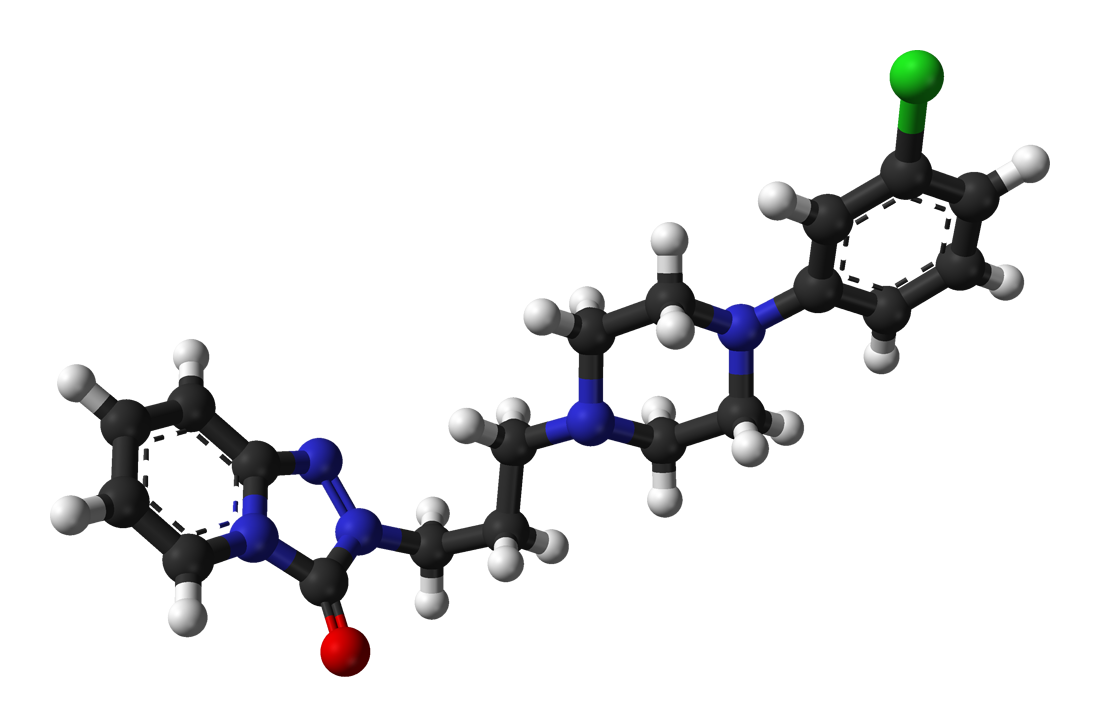
Strand B: Clinical Translational Research
Clinical Programme 2 - Early Phase Trials
Clinical Trial C: Measuring UPR signalling and its response to trazodone in brains of Parkinson-Plus patients
Lead: Professor Giovanna Mallucci
Aim
To determine rates of protein synthesis in the brains of Parkinson-Plus patients and its response to trazodone for mechanistic insight into disease and to guide clinical trials of treatment.
Specific objectives:
- Determine whether UPR over-activation seen in post-mortem brains of patients with PD+ diseases causes reduced protein synthesis rates in patients
- Determine whether trazodone treatment increases protein synthesis rates in patients with PD+ diseases
- Inform future clinical trials with trazodone and similar drugs discovered through Scientific Programme 1
The key question we are addressing here is whether UPR over-activation, which we know occurs in the brains of people with Parkinson-Plus-type disorders, results in suppression of cerebral protein synthesis (CPS) rates.
We are also asking whether protein synthesis rates are altered by trazodone, as seen in mouse models.
Methods
- We will perform a placebo-controlled crossover study of trazodone in PSP patients
- Positron emission tomography (PET) imaging and magnetic resonance imaging (MRI)
Related publications
- Freeman, O. J., & Mallucci, G. R. (2016). The UPR and synaptic dysfunction in neurodegeneration. Brain Res, 1648(Pt B), 530-537. doi:10.1016/j.brainres.2016.03.029
- Halliday, M., Hughes, D., & Mallucci, G. R. (2017a). Fine-tuning PERK signaling for neuroprotection. J Neurochem. doi:10.1111/jnc.14112
Halliday, M., & Mallucci, G. R. (2014). Targeting the unfolded protein response in neurodegeneration: A new approach to therapy. Neuropharmacology, 76 Pt A, 169-174. doi:10.1016/j.neuropharm.2013.08.034 - Halliday, M., & Mallucci, G. R. (2017). Reply: Trazodone to change the risk of neurodegeneration: bedside to bench. Brain, 140(8), e48. doi:10.1093/brain/awx150
- Halliday, M., Radford, H., Zents, K. A. M., Molloy, C., Moreno, J. A., Verity, N. C., Smith, E., Ortori, C. A., Barrett, D. A., Bushell, M., & Mallucci, G. R. (2017b). Repurposed drugs targeting eIF2α-P-mediated translational repression prevent neurodegeneration in mice. Brain, 140(6), 1768-1783. doi:10.1093/brain/awx074
- Hughes, D., & Mallucci, G. R. (2018). The unfolded protein response in neurodegenerative disorders - therapeutic modulation of the PERK pathway. FEBS J. doi:10.1111/febs.14422
- Radford, H., Moreno, J. A., Verity, N., Halliday, M., & Mallucci, G. R. (2015). PERK inhibition prevents tau-mediated neurodegeneration in a mouse model of frontotemporal dementia. Acta Neuropathol, 130(5), 633-642. doi:10.1007/s00401-015-1487-z
- Smith, H. L., & Mallucci, G. R. (2016). The unfolded protein response: mechanisms and therapy of neurodegeneration. Brain, 139(Pt 8), 2113-2121. doi:10.1093/brain/aww101
- Moreno, J. A., Halliday, M., Molloy, C., Radford, H., Verity, N., Axten, J. M., Ortori, C. A., Willis, A. E., Fischer, P. M., Barrett, D. A., & Mallucci, G. R. (2013). Oral treatment targeting the unfolded protein response prevents neurodegeneration and clinical disease in prion-infected mice. Sci Transl Med, 5(206), 206ra138. doi:10.1126/scitranslmed.3006767
- Moreno, J. A., Radford, H., Peretti, D., Steinert, J. R., Verity, N., Martin, M. G., Halliday, M., Morgan, J., Dinsdale, D., Ortori, C. A., Barrett, D. A., Tsaytler, P., Bertolotti, A., Willis, A. E., Bushell, M., & Mallucci, G. R. (2012). Sustained translational repression by eIF2alpha-P mediates prion neurodegeneration. Nature, 485(7399), 507-511. doi:10.1038/nature11058

